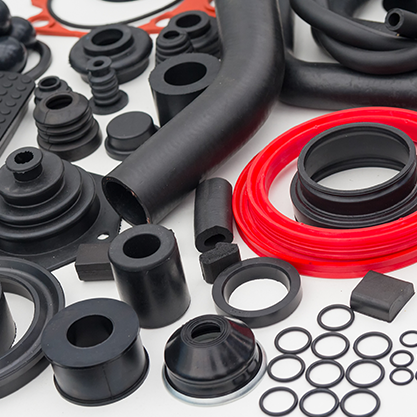
Elastomers can fit broadly into two categories, thermoplastic and thermoset. Thermoplastics rely on their ability to be stretched to moderate elongations and, upon the removal of stress, return to something close to its original shape. It must also be processable as a melt at elevated temperature and display an absence of significant creep. Examples of this are materials made from crystallizable polyolefins to produce grocery bags to milk jugs. The crystalline regions can be melted and reformed. These regions act as transient “crosslinks” adding the integrity needed to allow the product to return to its original shape.
Thermosets must also elongate and return to its original shape, however, unlike thermoplastics that often use reformable crystalline regions to give the product integrity, Thermosets utilize permanent chemical crosslinks to obtain the desired properties. An example of this is automobile tires. Since these crosslinks are permanent, the products are not reformable.
Our scientists have worked with elastomers for customer projects testing, flexibility, impact resistance, surface hardness, durability – to analytical and product formulation.
